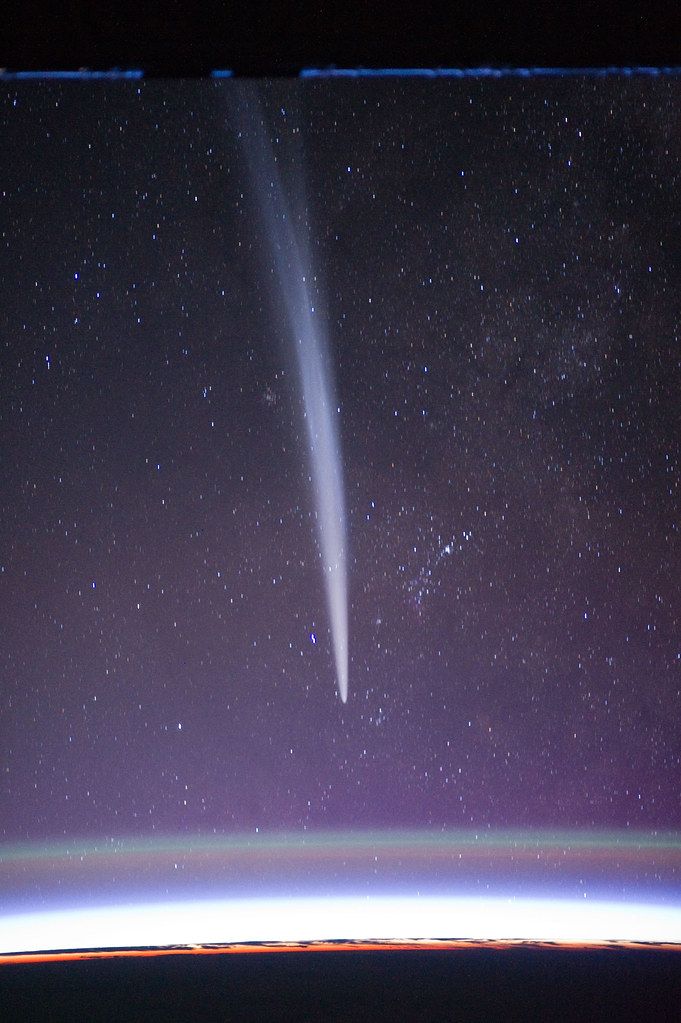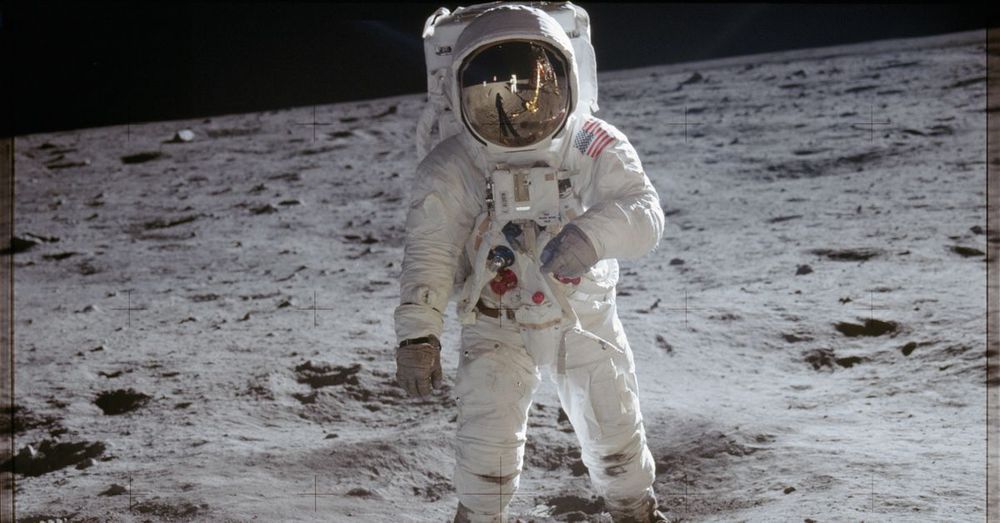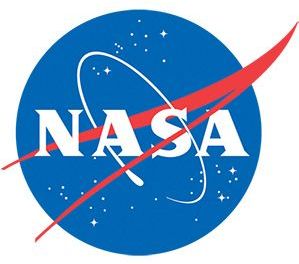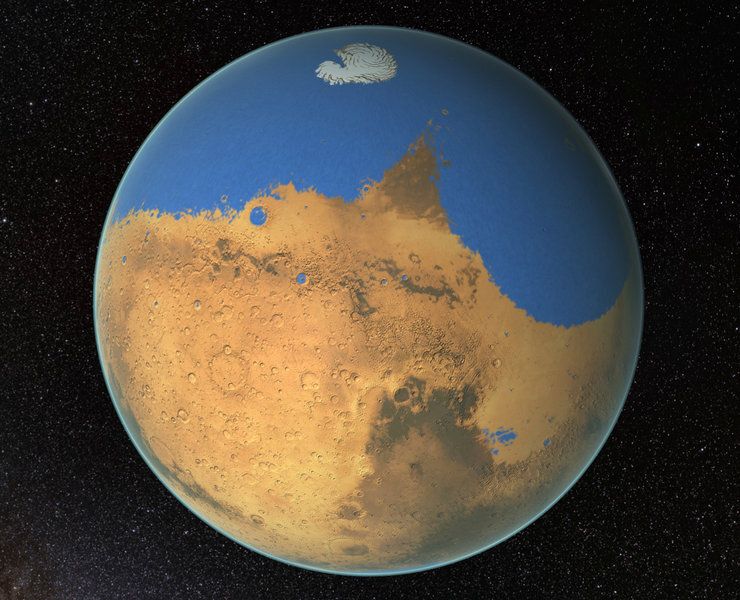Top 5 strangest things filmed by NASA.
Category: space – Page 886


Microalgae Could Be Key to an Efficient Space Life Support System
Making sure astronauts on space missions have sufficient supplies is a major challenge. Not only does food need to be sent up to locations like the International Space Station (ISS) in expensive resupply launches, but a further problem is making sure that astronauts have enough water and oxygen for their needs as well.
It’s also hard to ensure that the astronauts are getting sufficient nutrition from their diet. Ideally the astronauts would be able to grow their own food on the space station, but plants react strangely to microgravity so it’s hard to grow fruits and vegetables successfully.
The current life support systems used in space use chemical reactions to create water and oxygen and to recycle carbon dioxide. But a new system could use algae to produce oxygen, water, and even food.

How MCC Used Robotics to Successfully Restore Full Power for Station
Robotics ground controllers in NASA’s Mission Control Center at the agency’s Johnson Space Center in Houston successfully replaced a failed Main Bus Switching Unit (MBSU) on the International Space Station with a spare using robotic operations on Thursday, May 2. The operation to replace the failed unit was conducted using the station’s Canadarm2 and Dextre, both part of Canada’s contribution to the International Space Station.
Using complex robotic work to perform critical maintenance allows astronauts to spend more time working on scientific experiments and helps develop better technologies and procedures for future human and robotic exploration beyond low-Earth orbit.
“Developing new robotic systems is extremely important to get our astronauts back to the Moon by 2024,” Robotics Operations Systems Officer Mike Ferullo said. “The techniques and methods that we are developing with Dextre and Canadarm2 are directly applicable to future missions, and the construction and repair of any Moon-based mission will be done with robotics wherever possible. It’s an extremely exciting time to be involved in space robotics.



Social Media at NASA
It’s gravity-defying… It’s out-of-this-world! It’s three American astronauts and a Canadian astronaut, seen here aboard the International Space Station. These four, plus two cosmonauts not pictured, make up the crew currently living and working on the orbiting labohttps://go.nasa.gov/2Q7NM8ps://go.nasa.gov/2Q7NM8p

New water cycle on Mars discovered
Approximately every two Earth years, when it is summer on the southern hemisphere of Mars, a window opens: Only in this season can water vapor efficiently rise from the lower into the upper Martian atmosphere. There, winds carry the rare gas to the north pole. While part of the water vapor decays and escapes into space, the rest sinks back down near the poles. Researchers from the Moscow Institute of Physics and Technology and the Max Planck Institute for Solar System Research (MPS) in Germany describe this unusual Martian water cycle in a current issue of the Geophysical Research Letters. Their computer simulations show how water vapor overcomes the barrier of cold air in the middle atmosphere of Mars and reaches higher atmospheric layers. This could explain why Mars, unlike Earth, has lost most of its water.
Billions of years ago, Mars was a planet rich in water with rivers, and even an ocean. Since then, our neighboring planet has changed dramatically. Today, only small amounts of frozen water exist in the ground; in the atmosphere, water vapor occurs only in traces. All in all, the planet may have lost at least 80 percent of its original water. In the upper atmosphere of Mars, ultraviolet radiation from the sun split water molecules into hydrogen (H) and hydroxyl radicals (OH). The hydrogen escaped from there irretrievably into space. Measurements by space probes and space telescopes show that even today, water is still lost in this way. But how is this possible? The middle atmosphere layer of Mars, like Earth’s tropopause, should actually stop the rising gas. After all, this region is usually so cold that water vapor would turn to ice. How does the Martian water vapor reach the upper air layers?
In their current simulations, the Russian and German researchers find a previously unknown mechanism reminiscent of a kind of pump. Their model comprehensively describes the flows in the entire gas envelope surrounding Mars from the surface to an altitude of 160 kilometers. The calculations show that the normally ice-cold middle atmosphere becomes permeable to water vapor twice a day—but only at a certain location, and at a certain time of year.
